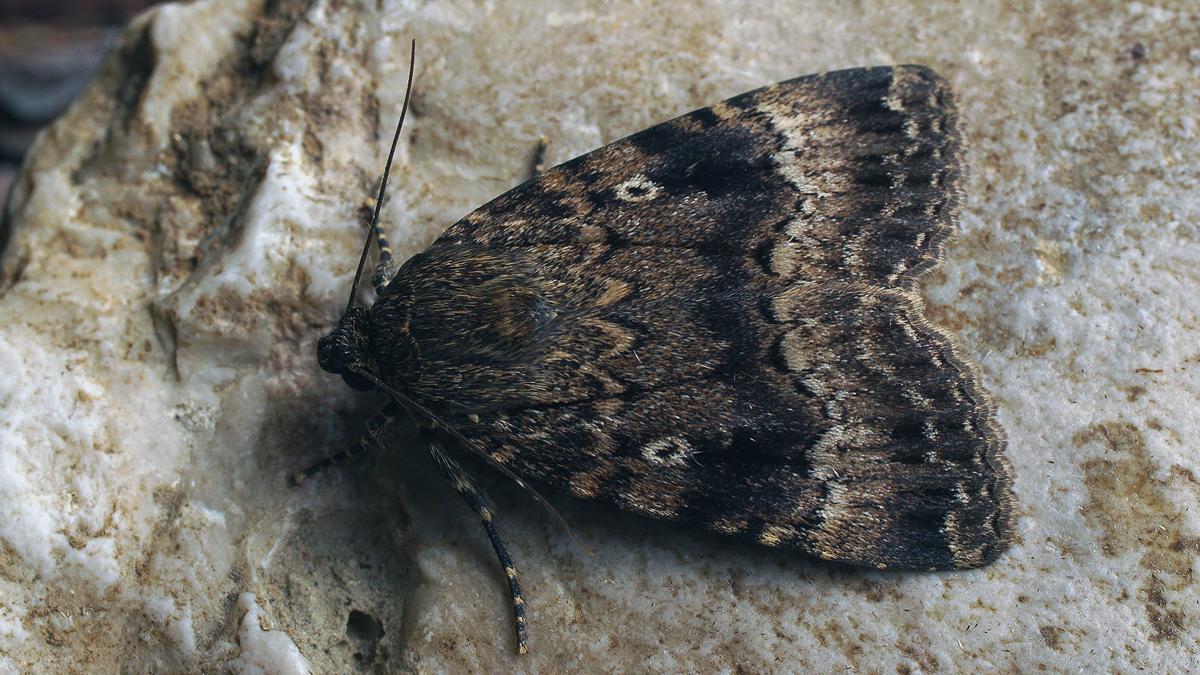
Photo © Ilia Ustyantsev
Svensson's copper underwing (Amphipyra berbera) is a moth of the family Noctuidae. The species was first described by Charles E. Rungs in 1949. It is distributed throughout Europe including Russia east to the Urals.
This species has a wingspan of 47–56 mm, the female usually larger than the male. The forewings are brown, marked with pale fascia and a dark-centred pale stigma. The hindwings are bright copper-coloured. This species is very similar to the copper underwing (Amphipyra pyramidea) but can usually be distinguished by the pattern on the underside of the hindwings: A. pyramidea has a pale central area, contrasting strongly with darker margins; A berbera is much more uniformly coloured. See Townsend et al.
A. berbera flies at night from July to September and is attracted to light and strongly to sugar.
The larva feeds on a range of trees and shrubs (see list below). The species overwinters as an egg.
Source: Wikipedia
The primary larval foodplants are birches (Betula spp.), Blackthorn (Prunus spinosa), elms (Ulmus spp.), Field Maple (Acer campestre), Hornbeam (Carpinus betulus), Lilac (Syringa vulgaris), limes (Tilia spp.), Pedunculate Oak (Quercus robur), Rhododendron (Rhododendron ponticum) and willows (Salix spp.).